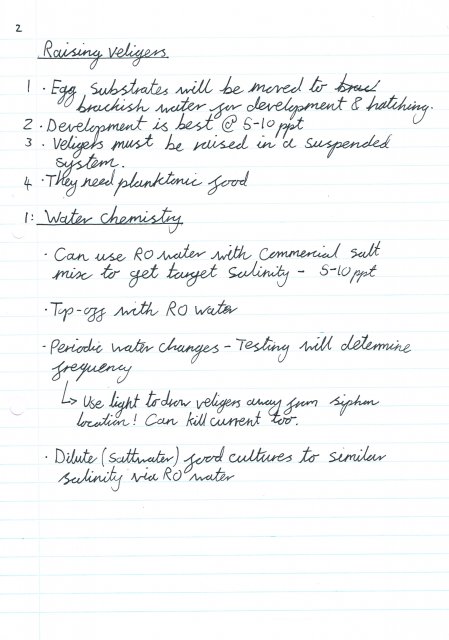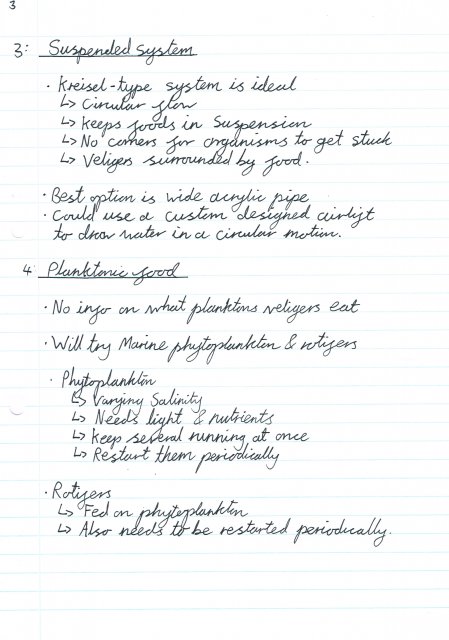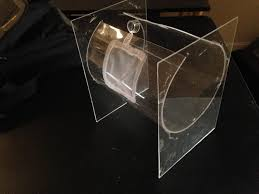Hey everyone.
To my knowledge and through some research I have found that nobody has really successfully raised Nerite snails in captivity, most likely due to the fact that they have a planktonic larval stage, and that there is almost 0 information available on it from both hobbyists and researchers. I spoke to a contact of mine, an Ichthyologist, who works at a marine aquarium and we brainstormed a bit on the limited available information and what he suspects from his experiences working with planktonic species. I wrote up these notes summarising what I could fine, and how I could potentially position myself to try and raise some larvae:



I would like to imitate this Keisel:

That is the sort of brainstorming I get on very little sleep. Once I have some time off from my studies and some more rest I will have a look at the finer details (especially finance!) and perhaps continue with my planning in regards to equipment, space and how I will operate the setups. I have a pair that produces hundreds of eggs, may as well capitalise on it. What do you guys think about these plans? Any suggestions, comments or critique would be appreciated.
To my knowledge and through some research I have found that nobody has really successfully raised Nerite snails in captivity, most likely due to the fact that they have a planktonic larval stage, and that there is almost 0 information available on it from both hobbyists and researchers. I spoke to a contact of mine, an Ichthyologist, who works at a marine aquarium and we brainstormed a bit on the limited available information and what he suspects from his experiences working with planktonic species. I wrote up these notes summarising what I could fine, and how I could potentially position myself to try and raise some larvae:




I would like to imitate this Keisel:

That is the sort of brainstorming I get on very little sleep. Once I have some time off from my studies and some more rest I will have a look at the finer details (especially finance!) and perhaps continue with my planning in regards to equipment, space and how I will operate the setups. I have a pair that produces hundreds of eggs, may as well capitalise on it. What do you guys think about these plans? Any suggestions, comments or critique would be appreciated.


